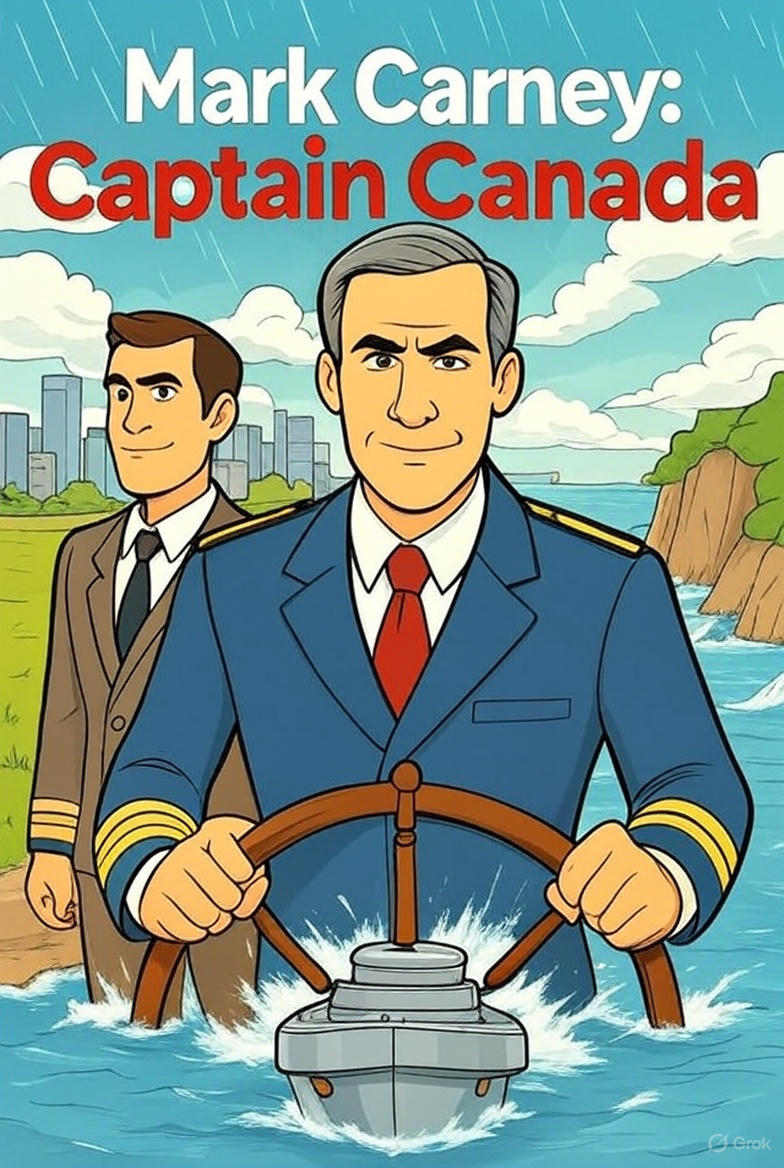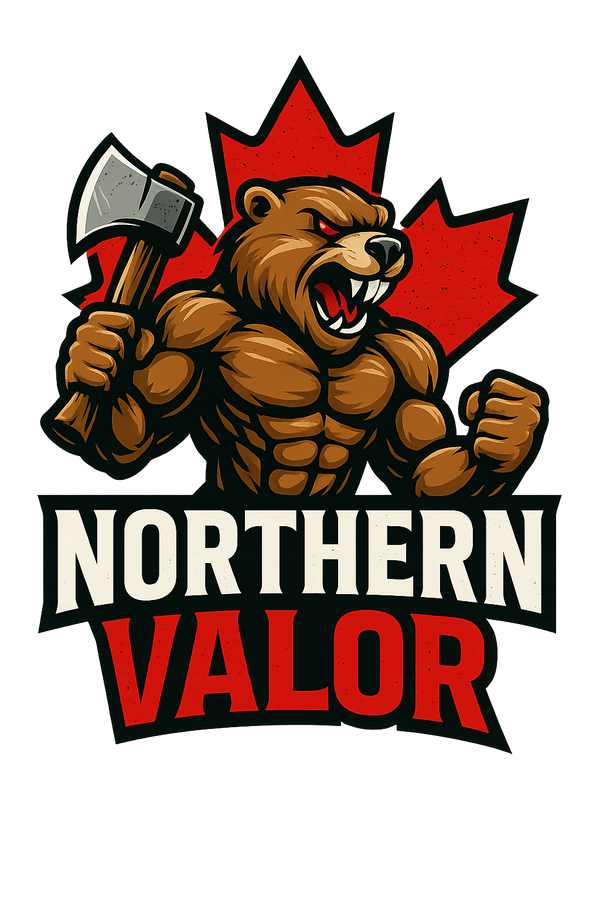
Mark Carney — Can the Banker Turn Politician Save a Divided Nation?
Share
As the leaves turn red, Canada flirts with turning blue. October 2025 is no ordinary election month — it’s a reckoning. After nearly a decade of Liberal rule marked by inflation, housing chaos, and global embarrassment, Canadians are restless. Pierre Poilievre’s Conservatives have tapped into that restlessness like a live wire, channeling the raw frustration of a country that feels overtaxed, overregulated, and overlooked. The result? A tidal surge in voter momentum that’s shaking the Liberal establishment to its core.
The latest polls paint a clear story: the Conservative Party is no longer the underdog. They’re the insurgent force ready to reclaim the heart of the nation from Ottawa’s boardrooms and Bay Street’s echo chambers. Mark Carney — the former banker turned reluctant Prime Minister — is fighting to prove he’s more than just the polished successor to Trudeau’s fading legacy. But the numbers don’t lie: Canadians are tired of managerial politics. They want a fighter.
The Pulse of the Nation
Across the country, the race is razor-thin — but the emotional tide is anything but. Abacus Data has the Conservatives at 41%, just edging out the Liberals at 40%. Nanos puts it nearly dead even. The real takeaway? Momentum. The blue wave is accelerating while Liberal support stagnates. Even the CBC Poll Tracker and 338Canada models — typically friendly to the left — show the Conservatives clawing toward a possible majority.
It’s not ideology driving this revolt. It’s fatigue. Nearly a decade of government bloat, ethics scandals, and tone-deaf elites lecturing working Canadians has worn thin. From the prairies to the GTA, people want change — not more talk about “resilient middle classes” from men in tailored suits who’ve never had to worry about rent.
The Regions Are Speaking
Atlantic Canada: Once a Liberal fortress, now cracking. Rural Newfoundland is bleeding red to blue, driven by anger over grocery prices and fuel taxes. Halifax still holds for the Liberals, but even there, the tide is shifting.
Quebec: Always the wildcard. The Bloc is rising, the Liberals are slipping, and the Conservatives are quietly building inroads through the suburbs of Quebec City. Carney’s bilingual polish plays well on camera, but outside Montreal, Poilievre’s plain talk about taxes and affordability is cutting through the noise.
Ontario: The battleground. The 905 belt — the suburbs around Toronto — has become a political fault line. Carney’s childcare programs can’t mask the pain of a collapsing housing market and sky-high costs. Here, Poilievre’s message hits hardest: end the waste, axe the tax, and let Canadians breathe again.
The Prairies: Conservative country. Poilievre could tattoo “axe the carbon tax” on the side of every combine and still find more fans. Alberta and Saskatchewan are done playing nice with Ottawa. The resource provinces are tired of being treated like villains in the green energy morality play.
British Columbia: The West Coast split mirrors the nation — Liberal on the coast, Conservative inland. Vancouver’s elite cling to Carney’s polished centrism, but the Fraser Valley, scarred by real estate speculation and regulation, is roaring for change.
The Drivers Behind the Surge
This isn’t just politics — it’s pent-up rage wrapped in policy. Inflation has cooled statistically, but in real life, Canadians feel poorer than ever. Rent eats paychecks, groceries feel like extortion, and the dream of home ownership has become a joke. Meanwhile, the Liberal government preaches patience from podiums built on taxpayer-funded platforms.
Poilievre’s genius has been to weaponize plain language. He speaks to the worker, the trucker, the single parent, the twenty-something who’s lost faith that hard work matters anymore. His message is simple: fire the gatekeepers. Let Canadians run their own lives again.
Carney’s counter is cerebral — technocratic promises of stability, global credibility, and green investments. It’s the same pitch Trudeau made in 2015, only this time the audience isn’t buying it. His “Canada First” act sounds hollow when small businesses are folding and farmers are drowning in red tape.
History Echoes
Canada’s seen this movie before. In 2011, Stephen Harper rode a similar storm of frustration to a majority. Back then, it was the economic hangover of 2008. Now, it’s the cultural fatigue of 2025 — a sense that the country’s moral compass has been hijacked by bureaucrats and activists while ordinary people foot the bill.
This election is more than a contest between red and blue. It’s a struggle for the soul of Canada — between those who believe the nation should be managed like a global NGO, and those who believe it should be defended like a home.
The Final Countdown
As October 20 approaches, the lines are drawn. Conservatives promise freedom, affordability, and pride in the maple leaf again. Liberals warn of reckless cuts and “American-style populism.” The truth lies in the mood of the street — and the street is restless.
Whether Poilievre wins a majority or forces another minority gridlock, one thing is certain: the era of Liberal comfort is over. Canada’s working class, long ignored and overtaxed, is back in the fight.
This isn’t just an election. It’s a political awakening.
